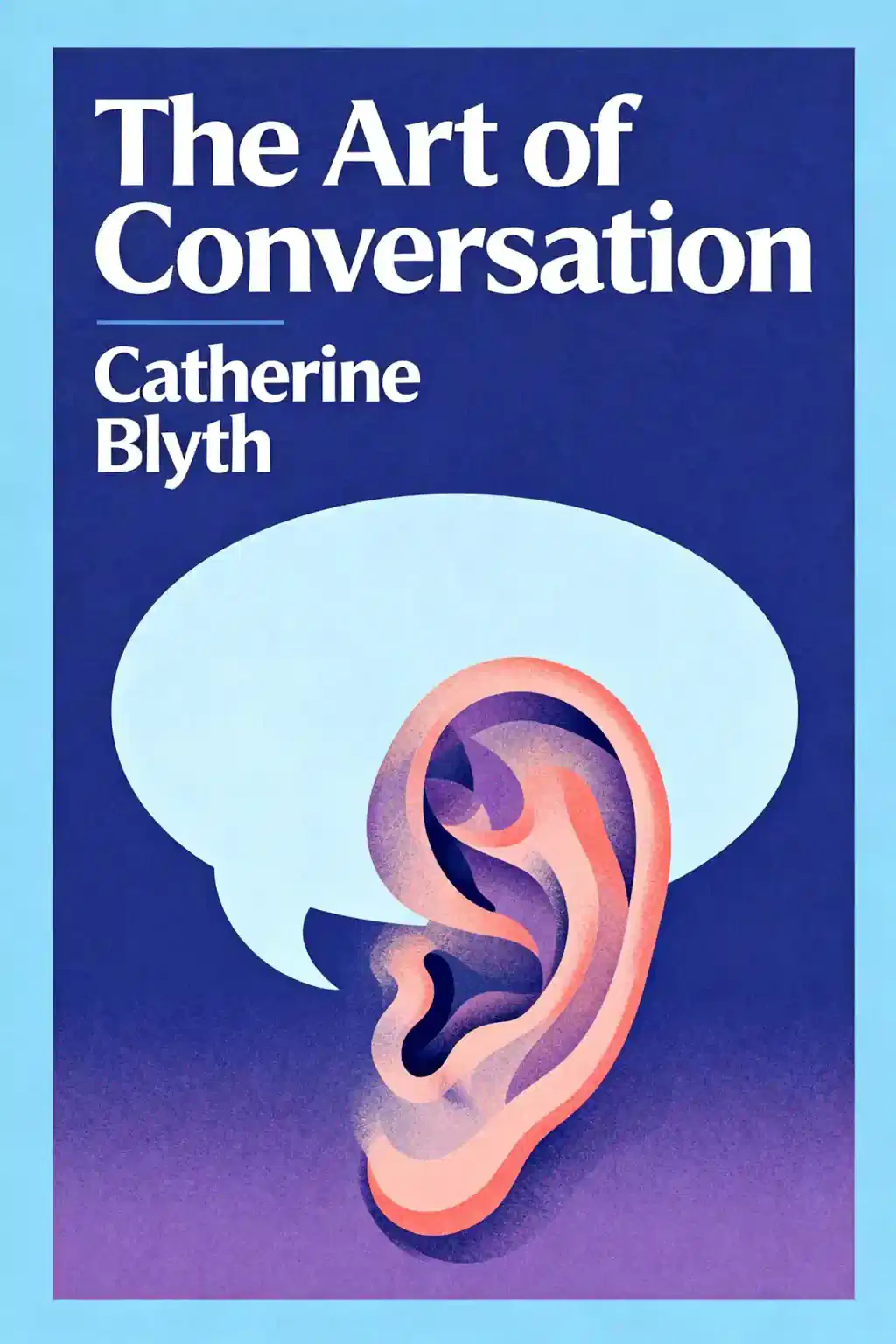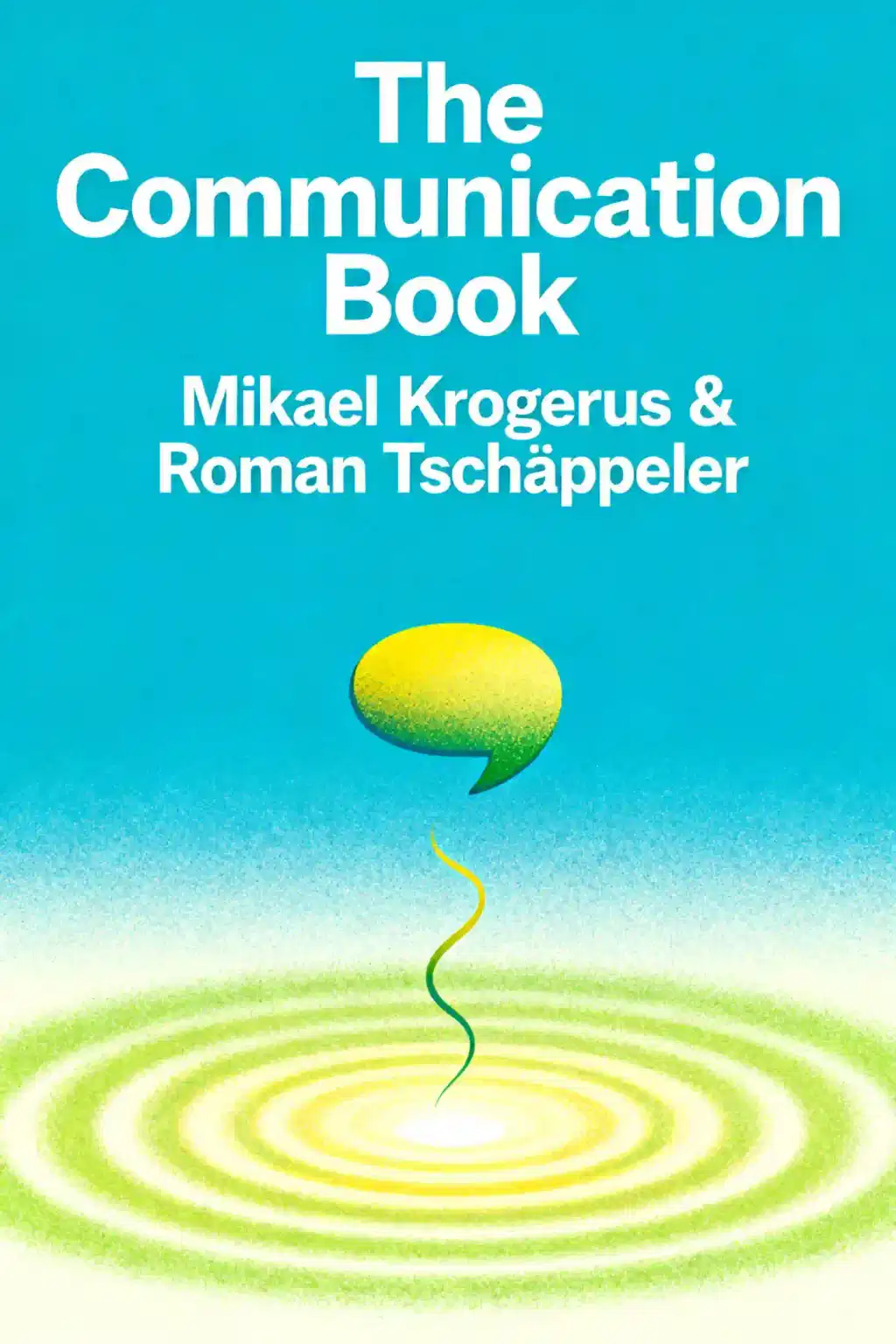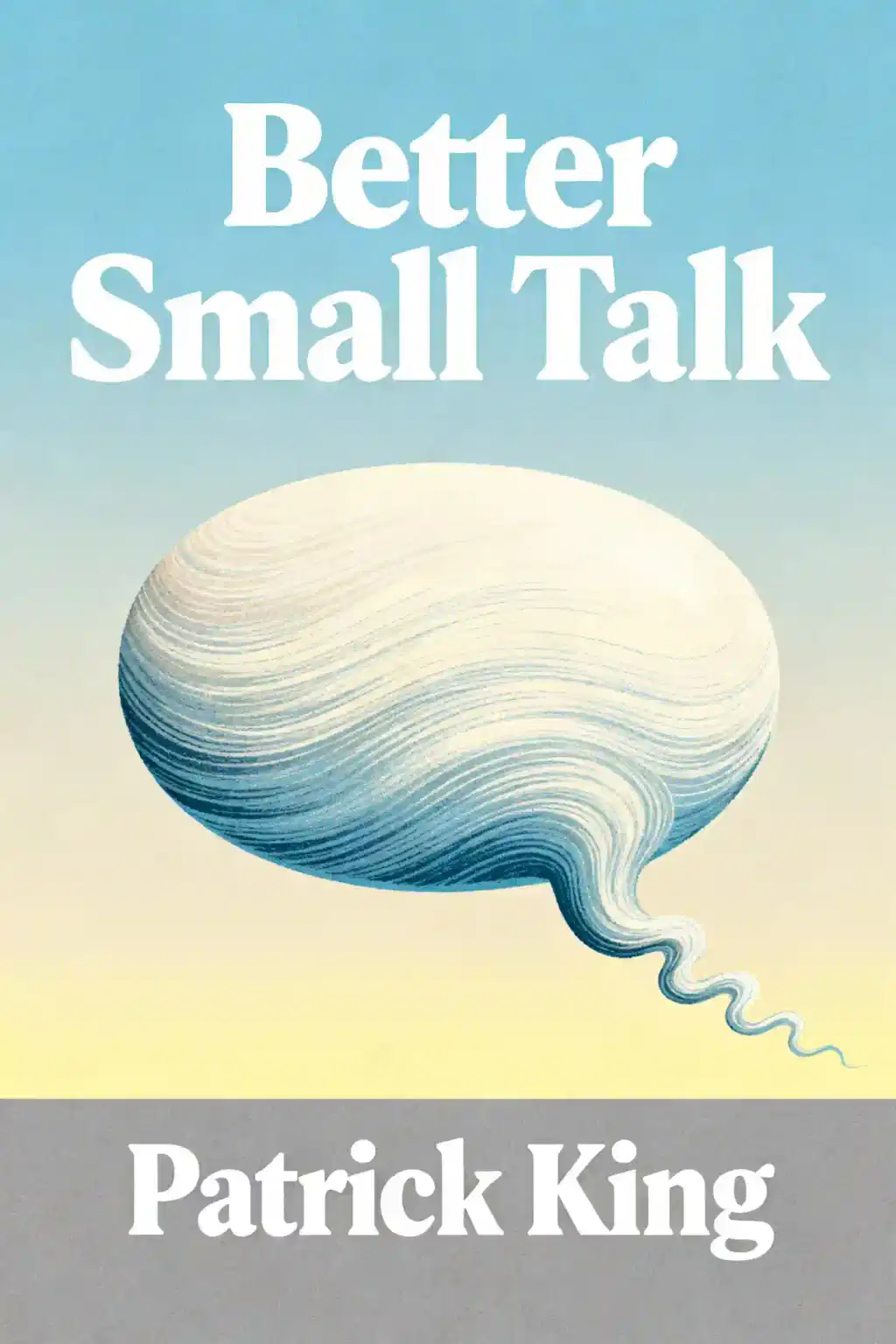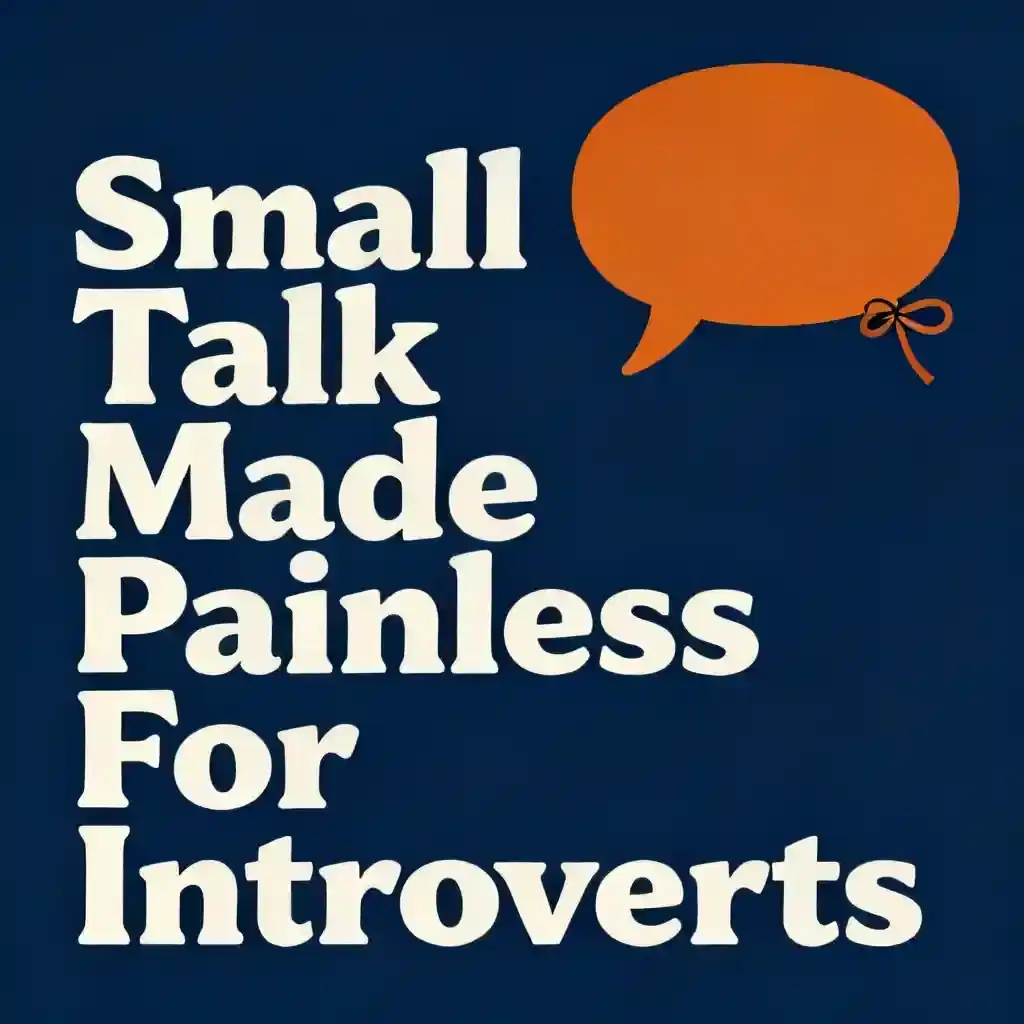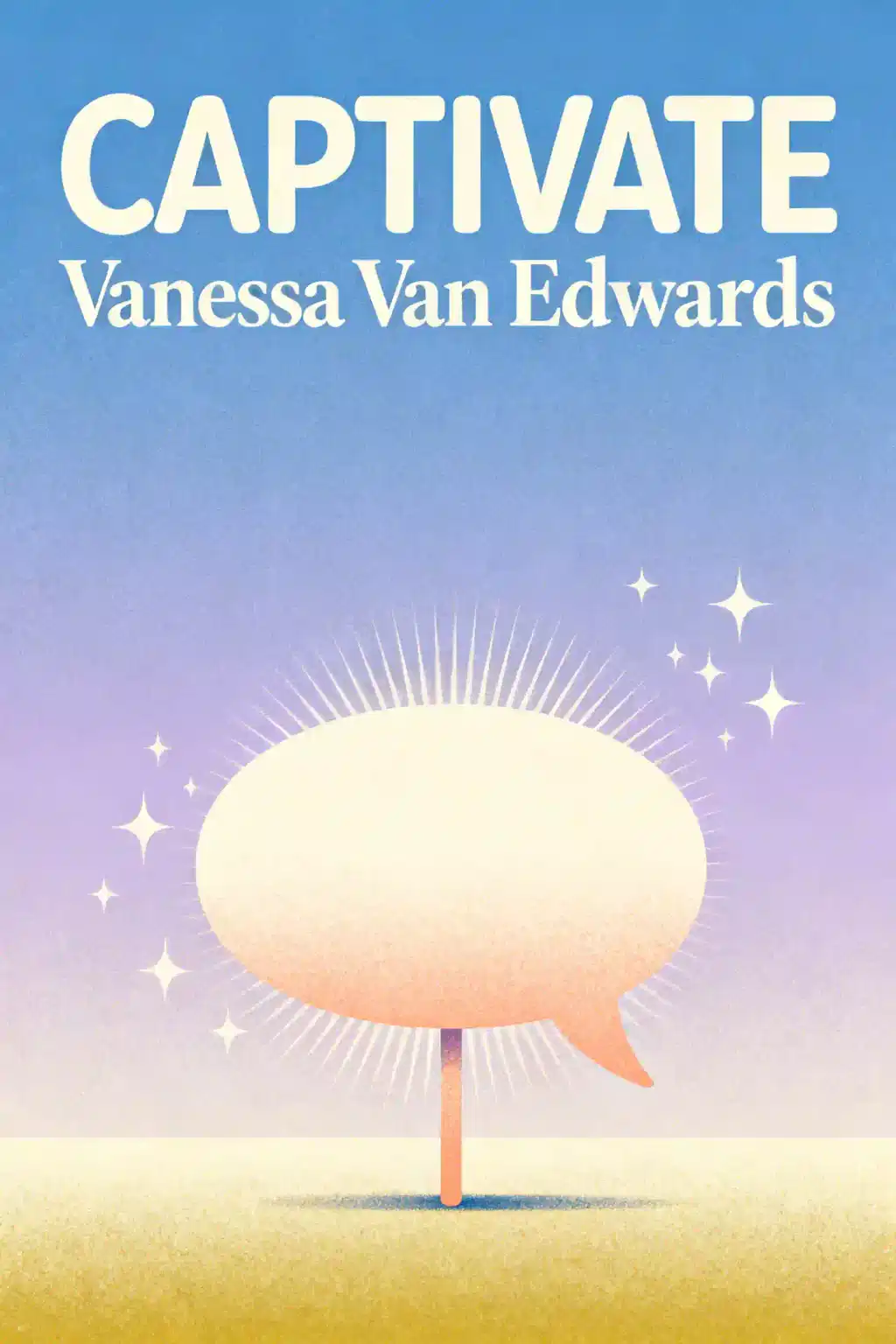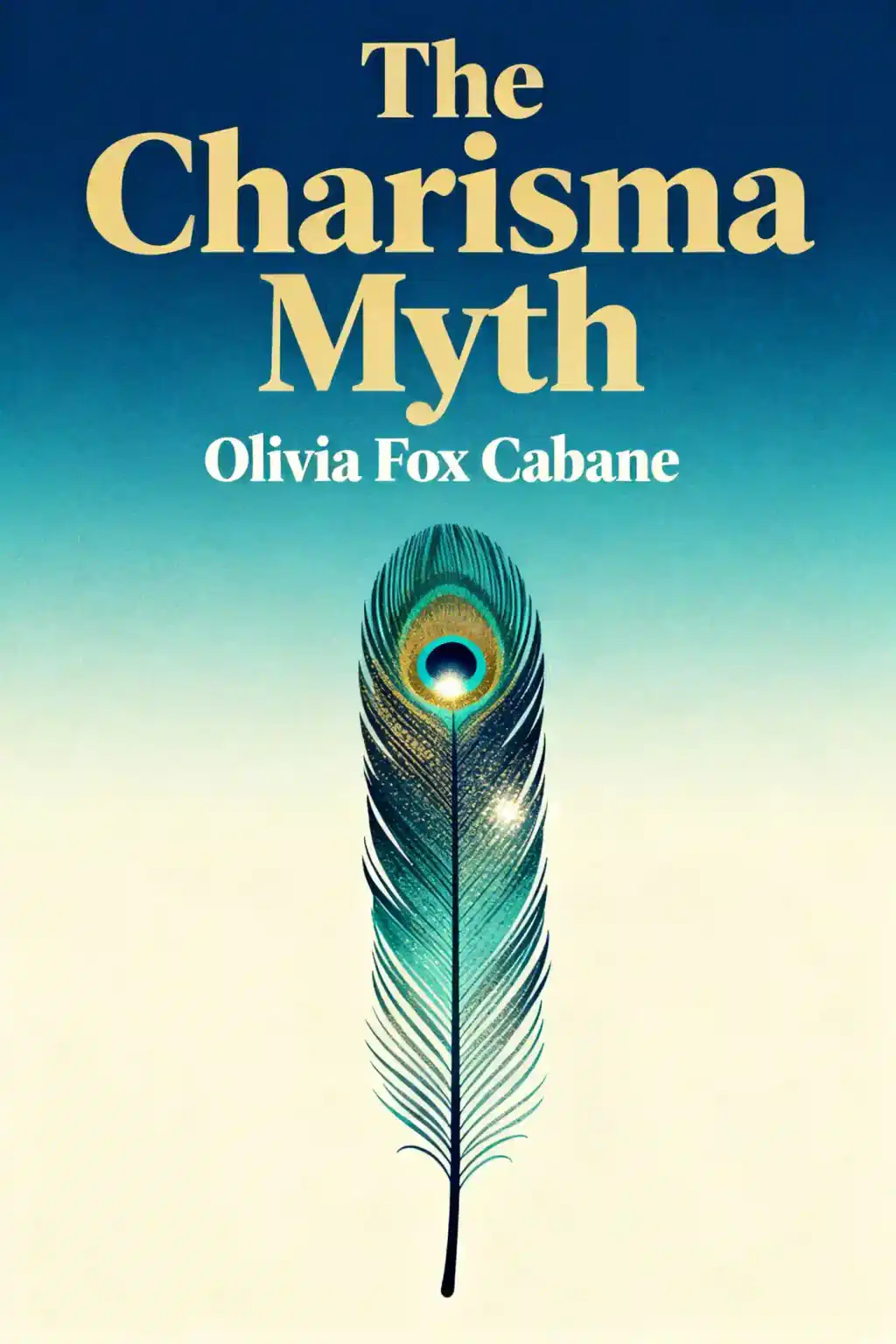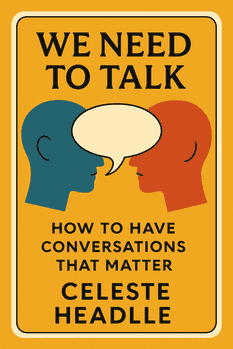What is
The Art of Conversation by Catherine Blyth about?
The Art of Conversation examines the erosion of face-to-face dialogue in today’s tech-driven world, offering strategies to revitalize meaningful exchanges. Catherine Blyth combines historical examples, literary references, and actionable tips to highlight listening skills, small talk’s value, and silence’s power.
Who should read
The Art of Conversation?
This book suits professionals enhancing networking skills, socially conscious readers improving personal relationships, and anyone concerned about technology’s impact on communication. Blyth’s insights appeal to those seeking deeper connections in personal and professional settings.
Is
The Art of Conversation worth reading?
While praised for wit and practical advice, reviews are mixed. Critics note its anecdotal style can feel disjointed, but it remains valuable for readers prioritizing communication mastery. Goodreads rates it 3/5, highlighting its relevance despite occasional tangents.
What are the key conversation techniques in the book?
Blyth emphasizes active listening, strategic topic selection, and embracing silence as core skills. She advises avoiding monologues, using questions to engage others, and adapting conversations to social contexts—whether professional networking or casual chats.
How does
The Art of Conversation address modern technology?
Blyth argues that digital communication fosters transactional exchanges, weakening empathy and spontaneity. She advocates balancing tech use with intentional face-to-face dialogue to rebuild emotional connections and reduce social isolation.
What are notable quotes from
The Art of Conversation?
- “True ease in talking comes from art, not chance”: Mastery requires practice, not luck.
- “Conversation is second only to sex…”: Stresses its role in human bonding.
- “If people only spoke when they had something to say…”: Defends small talk’s social importance.
How does the book handle difficult conversations?
Blyth provides frameworks for navigating conflicts, such as deflecting insults with humor and reframing disagreements. She underscores empathy and adaptability, urging readers to prioritize connection over “winning” debates.
What criticisms exist about
The Art of Conversation?
Some readers find Blyth’s examples overly reliant on British cultural references, limiting relatability. Others critique the lack of structured exercises, noting her focus on theory over step-by-step training.
How does Blyth’s writing style impact the book?
Her prose is witty and erudite, weaving quotes from Churchill to Shakespeare. While engaging, this approach can feel verbose to readers seeking concise advice. Chapters include 97 “rules,” which some find overwhelming.
Can
The Art of Conversation improve professional relationships?
Yes. Blyth’s tips on active listening, reading social cues, and strategic self-disclosure apply to negotiations, team-building, and leadership. She frames conversation as a tool for influence and collaboration.
How does the book compare to
How to Win Friends and Influence People?
Unlike Carnegie’s tactical focus, Blyth emphasizes conversation as a cultural ritual. Both value empathy, but Blyth integrates historical context and critiques modern communication’s pitfalls, whereas Carnegie prioritizes persuasion techniques.
Why is
The Art of Conversation relevant in 2025?
As AI chatbots and virtual interactions dominate, Blyth’s case for human-centered dialogue gains urgency. The book resonates with readers combating loneliness in a digitally fragmented world.
